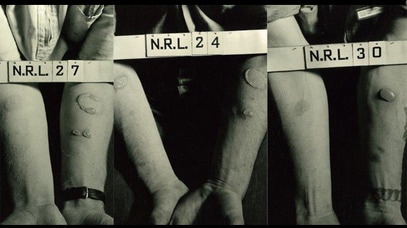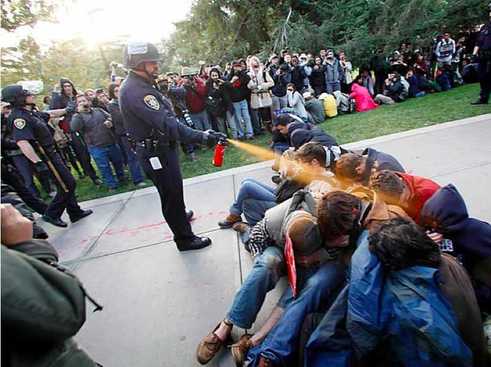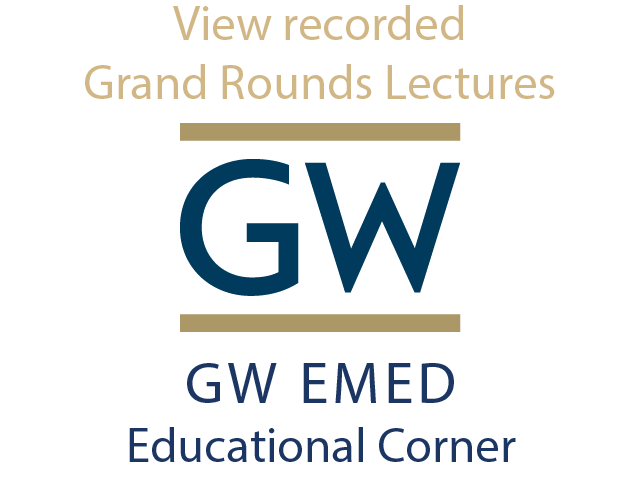Blistering AgentsMustard Gas, Phosgene, and Lewisite are the three most prominent blister agents. These are warfare agents which are dispersed and cause severe blisters. Apart form Lewisite, there are no antidotes and treatment is supportive including decontamination. Sulfur Mustard (mustard gas) is a colorless, odorous liquid when pure, but is dispersed as a yellow/brown gas that smells like mustard when used as a warfare agent. Bullous lesions present 2-6 hours after exposure and can cause mucosal damage including the respiratory tract. Lewisite has a more rapid onset than mustard gas, and has an antidote called "British Antilewisite (BAL). Phsgene oxime has never been used in warfare, but can cause wheels with blanching welts, which turn to tissue necrosis within 24 hours. Tear AgentsMultiple chemicals are used to cause tearing and mucosal irritation. The most commonly used are pepper-spray (capsaicin), CS (2-chlorobenzalmalononitrile), CN (mace). Pepper spray ranges from 10%-90% capsaicin depending on the product. Pepper-spray is self-limiting and shouldn't require more treatment than washing out. CN, or 'mace' and CS are both used by military and police, and typically can cause severe irritation, corneal abrasions, and even skin blistering if the patient is not decontaminated. CS is known to provide worse effects. CS can induce severe coughing and vomiting. Effects usually last for 20 minutes to an hour, and effects can persist for hours. Clothing will need to be thrown away or washed multiple times.
0 Comments
Leave a Reply. |
Categories
Archive
February 2018
Please read our Terms of Use.
|


